AO Edited
High Rock Canyon Wilderness
Many generations of travelers have passed through the steep, smooth walls of this canyon.
The rocks of this region are painted with layers of white, gray, orange and brown, which stand above lush green canyon floors muted sagebrush. This mountainous area was formed by ancient lava flows. About 17 million years ago volcanic activity moved across Nevada, spreading layers of dense lava as it moved southward. Tectonic activity turned these lava flows into mountain ranges, and millions of years of erosion smoothed steep canyon walls.
Several other gorges make up the area, such as Yellow Rock and Mahogany Creek Canyons. Mahogany Creek Canyon is so narrow at one point that visitors can touch both sides with arms outstretched. Due to a high water table, there are several springs in the area. It is common to see flowers in bloom during the late summer. Wildlife is abundant in the area.
High Rock Canyon and its surrounding lands have been inhabited for more than 10,000 years. Archaeologists have found evidence of stone tools, hunting traps, and fences made of juniper and sagebrush used by Indigenous people thousands of years before European colonists arrived. While several distinct tribes emerged in the Great Basin region, High Rock Canyon is commonly associated with the Northern Paiute people.
As European settlers pushed west, they encountered and often came into conflict with the Indigenous people of the Great Basin. Many of these explorers disregarded Indigenous communities while taking advantage of their deep knowledge of the land. Though the explorer John Fremont is often credited with the discovery of a path through High Rock Canyon in 1843, he was describing a trail established and used by Native Americans.
Several years later a group of settlers led by Jesse Applegate used a portion of Fremont’s route to establish an alternate trail to Oregon. High Rock Canyon became an important route in the westward migration to Oregon Territory and the California goldfields.
Crossing the nearby Black Rock Desert was a difficult and dangerous part of the journey. The flat, alkaline dry lake bed offered little water for travelers. Arriving at the canyonlands was a relief, as water and food were more abundant. However, navigating the canyons was not without its own difficulties. To enter the canyon, early settlers had to lower their wagons using a rope to the canyon floor.
Those early visitors were in awe when they laid eyes on the canyon. Vertical rock walls tower 300 feet over the trail below. Several settlers marked the occasion by carving their names into the rocks. Some wrote their names using axle grease, still visible today.
In 2000, Congress designated the land surrounding High Rock Canyon as a protected wilderness area in order to safeguard the cultural, historic, and natural significance of the area. Because the area is so remote, visitors can experience the night sky almost as brilliantly as its earliest inhabitants did. The lack of light pollution led to nearby Massacre Rim being named an International Dark Sky Sanctuary in 2019. The Summit Lake Paiute Tribe has a federal reservation located not far from High Rock Canyon Wilderness.
Know Before You Go
This area is remote. There is no mobile phone service. A high-clearance four wheel drive vehicle is recommended. Plan on camping, as there are several designated sites. Bring plenty of food, water and a first-aid kit.
Although the area is frequently traveled, because there is water, the sagebrush and other plants grow abundantly. Expect to have your vehicle's paint scratched.
If you plan on accessing the area by crossing the Black Rock playa (dry lake bed), be aware that when wet, the surface turns to mud, and you will get stuck. The playa is best avoided from winter through early spring. Even a summer thunderstorm can temporarily halt travel. Soldier Meadows Road is a well maintained, gravel road that skirts the western edge of the playa.
The region can get heavy snow in the winter. High Rock Canyon Road is closed from late January until May 12th to protect wildlife habitats.




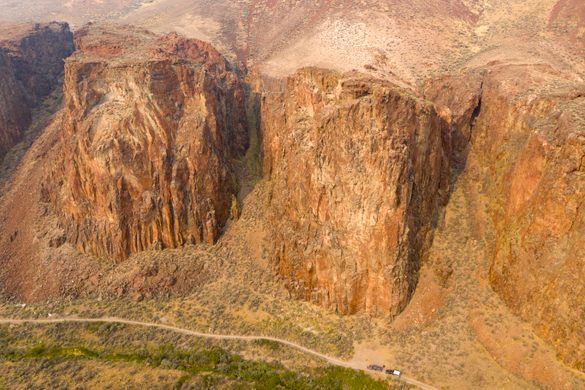













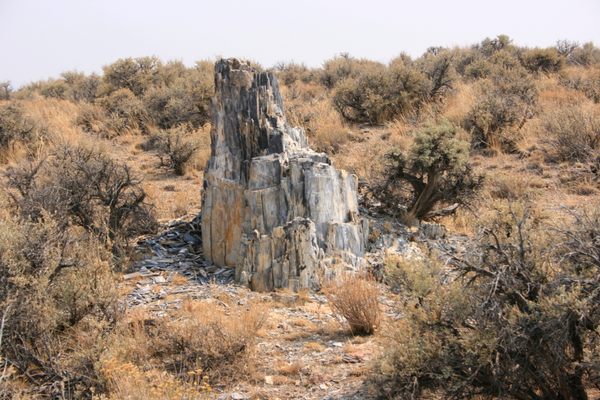

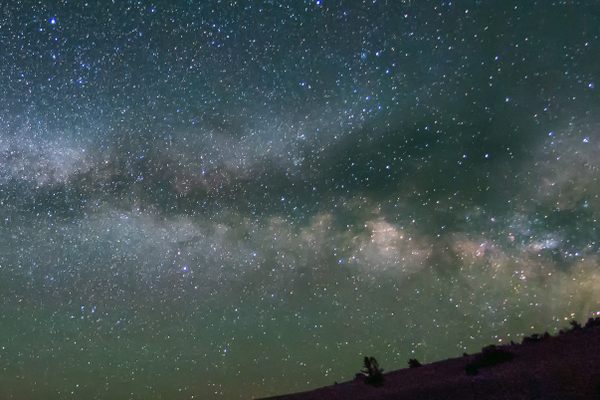
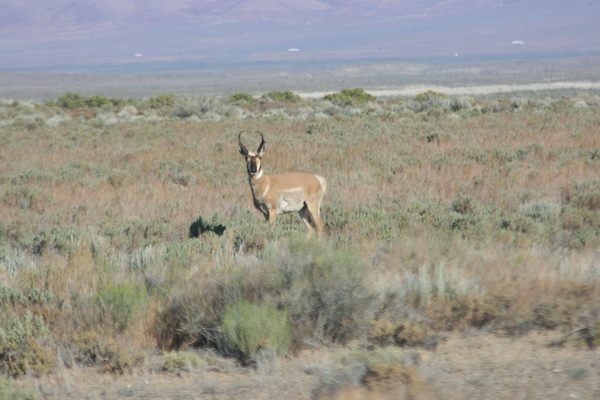


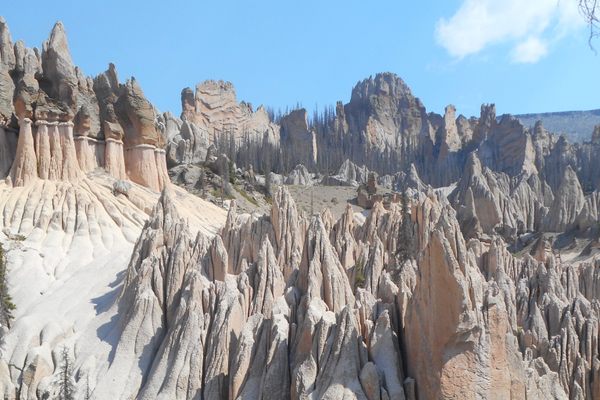
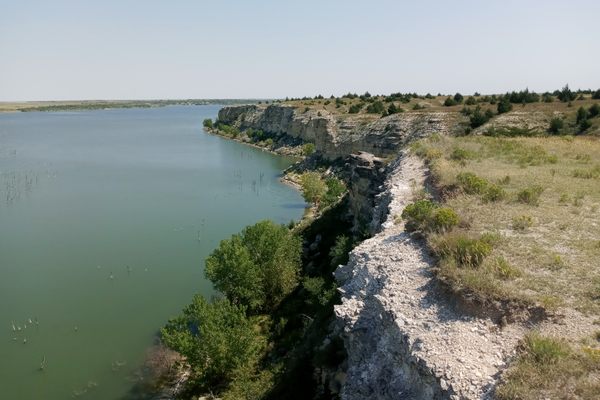


Follow us on Twitter to get the latest on the world's hidden wonders.
Like us on Facebook to get the latest on the world's hidden wonders.
Follow us on Twitter Like us on Facebook